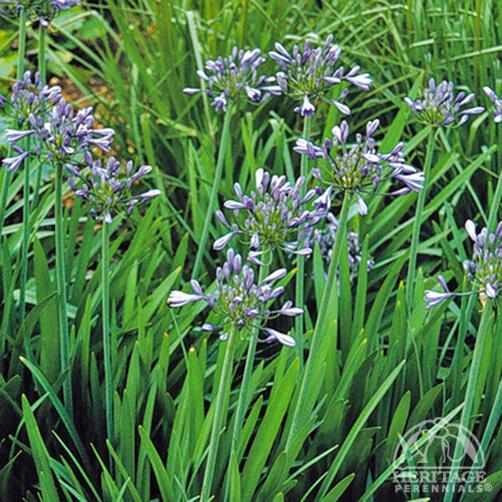 |
Agapanthus Headbourne hybrids
www.perennials.com
|
Garden Diary
Date purchased or acquired: Where acquired: Location in the garden: Observations:  The next time you are buying perennials please look for our helpful labels and blue pots, and remember "The best perennials come out of the blue"!
The next time you are buying perennials please look for our helpful labels and blue pots, and remember "The best perennials come out of the blue"!
|
|
|||||||||||
